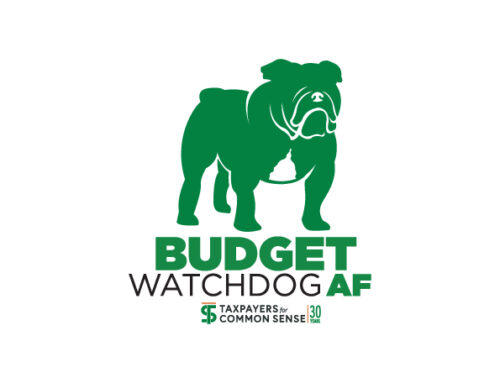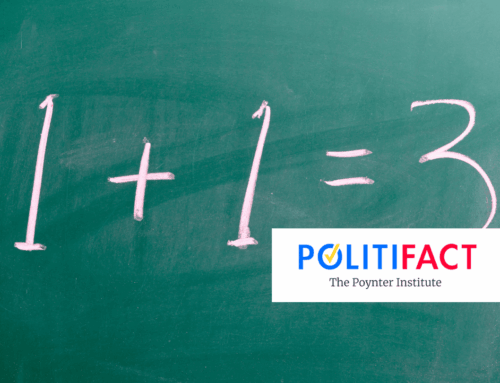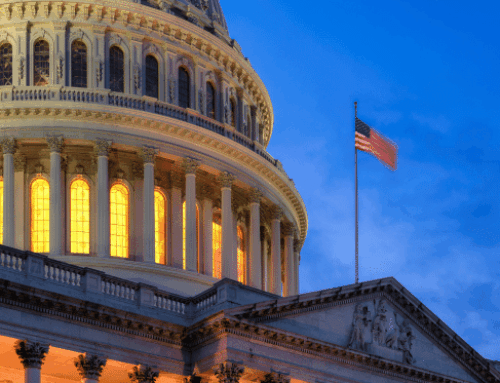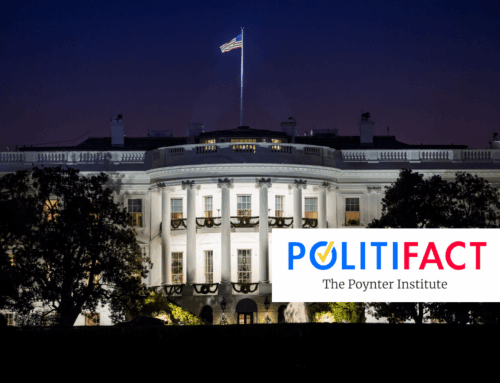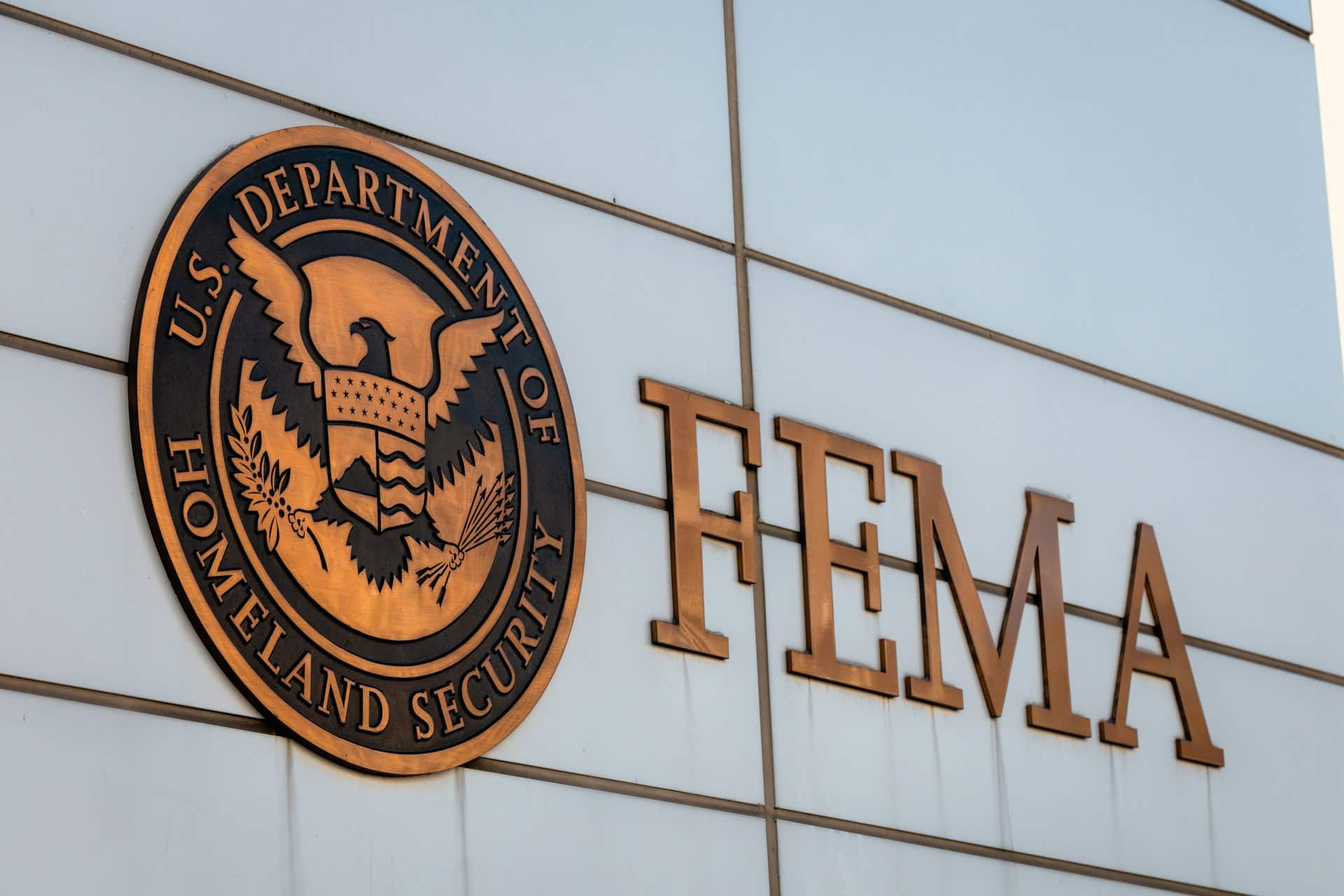August 1st begins a new chapter in President Trump’s tariff regime, with rates on imports from nearly 170 countries jumping between 10 and 41 percent. Coupled with a declaration that copper imports are a national security threat, a 90-day pause on new tariffs for Mexico, and seemingly never-ending negotiations with China, the administration this week has reminded taxpayers that the only thing certain about President Trump and trade is uncertainty. Regardless of your view on the president’s trade policies, this tariff tumult means taxpayers should treat any predictions of future tariff-generated revenue with a giant grain of (domestically produced) salt. Nobody can accurately predict tariff rates a month from now let alone over a 10-year budget window. That hasn’t stopped lawmakers from laying claim to speculative revenue. Taxpayers should be wary, lest they blow a new hole in the budget.
A quick reminder of how tariffs work. A tariff is a tax the government charges on goods imported into the country. The importer of record—typically a U.S. company—pays the government a fee the moment the product, part, or raw material is unloaded on U.S. shores. The rates, by product and country, are laid out in the Harmonized Tariff Schedule. Companies can manage an increase in tariffs however they choose: by raising prices to their buyers, absorbing it, or negotiating with foreign suppliers to cover it. Whatever they do, the tariff paid by the importer goes to the government as revenue. In 2024 tariffs generated $77 billion making up roughly 1.5 percent of federal revenue, about what they historically generate.
The Trump Administration has dramatically increased the role of tariffs—both in their rates and how they’re used—with goals including reducing trade deficits, spurring domestic manufacturing, and pursuing various foreign policy objectives. Consequently, federal tariff revenue has increased. Tariff collections in June alone hit a record $27 billion ($21 billion more than in June 2024), contributing $150 billion in revenue so far, with the administration projecting they could total $300 billion by year’s end. That’s because, regardless of who ultimately bears the cost, the importer’s initial payment lands squarely on the federal balance sheet.
Predicting future tariff revenue, however, is far more difficult. Most estimates rely on “static” analysis—assuming tariff changes don’t alter behavior. But rising costs always change behavior, often dramatically. When egg prices spiked, some people ate fewer eggs, some bakers switched to applesauce, and those with no alternative simply paid more—leaving less for everything else. One of the administration’s goals with tariffs is to boost domestic manufacturing. If that works, there will be fewer imports to tax. “Dynamic” analyses try to account for these shifts and their ripple effects across the economy. As an example, the Tax Foundation’s model estimates that tariffs will generate $2.4 trillion over 10 years, but just $1.7 trillion on a dynamic basis. The bottom line—even if tariff rates stay constant, revenue is uncertain. When the rates themselves change constantly, it’s anyone’s guess.
This obvious and glaring uncertainty hasn’t stopped lawmakers from touting tariff revenue as a miracle cure for everything from the budget deficit to the tax code. Commerce Secretary Lutnick says tariffs will eliminate the deficit (they won’t, deficits are projected to total $21.8 trillion over the next decade). Lawmakers claimed increased tariffs would more than offset the $3.4 trillion price tag for the reconciliation bill. At one point, the president floated the idea that tariff revenue could replace the individual income tax ($2.4 trillion in 2024 alone). Not even the rosiest projection credibly suggests tariff revenue will multiply 30-fold. The administration’s claims are fantasy. But the bills some lawmakers are introducing to spend this phantom revenue—that’s where the fiscal nightmare begins.
One of the most prominent is the American Workers Rebate Act introduced by Sen. Josh Hawley (R-MO). Modeled after the COVID-era stimulus checks, the bill would send $600 rebate checks to most Americans, plus $600 per child—$2,400 for a family of four. The checks phase out once income exceeds $75,000 for individuals and $150,000 for joint filers. But they would consume a huge chunk of any tariff receipts, and the payouts would grow if tariff revenue grows.
More audacious still is the Tariff Response and Damages to Exports Fund (TRADE Fund) proposed by Rep. Julia Letlow (R-LA). This bill would let the president divert tariff revenue from agricultural products, which totaled $3.03 billion through May, into a new fund to send “relief” checks to farmers hurt by lost exports, foreign retaliation, or higher input costs (seed, fertilizer, etc.). Never mind that the administration is doling out $31 billion in agricultural disaster aid from last December, or that farm interests secured $67 billion more in farm bill subsidies through recently enacted budget reconciliation law aka “The One Big Beautiful Bill Act”. Also forget that the administration already has access to a massive slush fund, known as the Charter Act, that the first Trump Administration used to hand out $23 billion in “emergency” trade assistance. No, apparently we need a new fund, paid for by tariffs, to compensate farmers for harms caused by…tariffs.
Whatever one thinks of the president’s trade strategy, taxpayers must insist lawmakers operate in reality. Fantasies about massive tariff revenue are just that—fantasies. But the spending schemes tied to them are all too real. If we’re not careful, this trade war will become a fiscal trainwreck.
- Photo by Documerica on Unsplash

